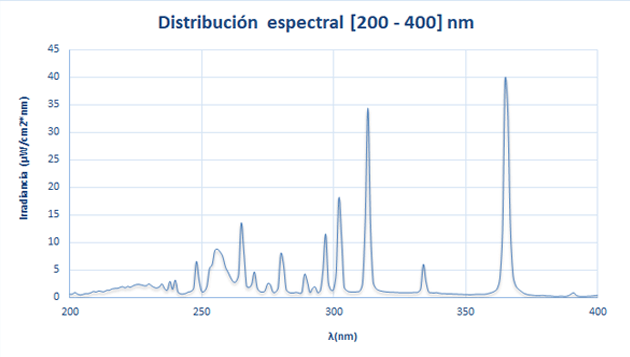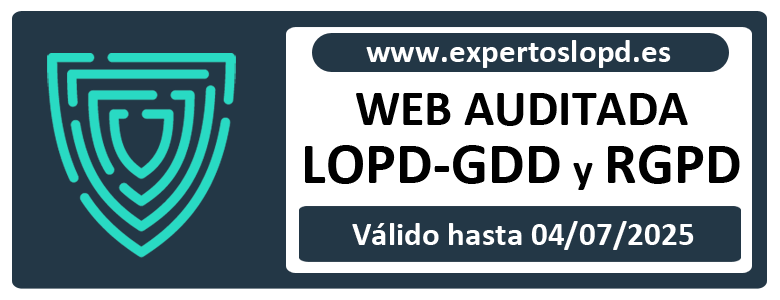Other tests
- Photobiological safety tests on toys according to the IEC 62115-2017 standard. Electric Toys - Security.
- Test according to UNE-EN 15153-1: Railway applications. Acoustic and optical warning devices for trains.
- Emergency lighting tests (UNE-EN 60598-2-22 / AC2016-09 standard).
- Flux vs
Temperature evaluation in luminaires (-35ºC to 40ºC).
- TM30 tests, color quality index.
- Luminance evaluation (luminance map).
- UV spectral power distribution.
- Measurement of harmonics, flicker and stroboscopic effect in luminaires.
- Laser classification according to UNE-EN 60825 standard. Safety of laser products. Part 1: Classification of equipment and requirements.
- Retroreflection measurement in signaling elements.
- Luminance measurement of illuminated signs according to technical instructions EA-02 and EA-03 of RD 1890/2008.
Evaluation of flicker and stroboscopic effect in luminaires.
The way an LED is powered, can produce a flickering effect that can be visually noticeable or even annoying. This effect is characterized by quantifying the flicker and the stroboscopic effect.
At candelTEC we can evaluate and quantify these parameters.
Spectral measurements in the ultraviolet range
candelTEC has experience and the appropriate equipment to carry out measurements in the entire UV range (200 nm to 400 nm: UVC, UVB and UVA), this allows us to characterize special UV lamps, normally used in different applications or industrial processes, as well as to evaluate possible risks from exposure to UV light.
In addition, we have a large number of radiation sources in the UV range, so that we can select the correct lamp to calibrate radiometers or spectroradiometers in this range, as well as to evaluate the performance of sensors (or devices including sensors) sensitive to UV.
Among other applications, we have experience measuring germicidal lamps (UVC), lamps to treat some diseases such as psoriasis or vitamin D deficiency, lamps used in the pharmaceutical industry, and UV lamps for aging and curing.
Laser classification according to UNE-EN 60825 standard. Safety of laser products. Part 1: Classification of equipment and requirements.
Lasers are classified according to the potential biological damage they can cause, especially eye damage, since the eye is more susceptible to be affected by an excess of laser radiation exposure.
The CLASS of a laser is a direct indicator of the degree of danger posed by the use of such a device.
The parameters that determine the risk are:
• Optical power of the laser
• Wavelength
• Duration of exposure
In addition to these general parameters, lasers are classified according to the accessible exposures limits(AEL), which is the maximum accessible level of laser radiation allowed within a particular laser class.
Safety thresholds for lasers are expressed in terms of maximum permissible exposure(MPE).
The higher the rating, the greater the potential risk from the laser or laser system.
The UNE EN 60825-1 / A2 standard establishes 7 classes, which are: Class 1; Class 1m; Class 2; Class 2m, Class 3r; Class 3b and Class 4.
Test according to UNE-EN 15153-1: Railway applications.
Test according to UNE-EN 15153-1: Railway applications. Acoustic and optical warning devices for trains.

Photobiological safety tests on toys according to the IEC 62115 standard. Electric toys - Safety. Annex E
Safety of electric toys that incorporate sources of optical radiation.
This standard is applicable for electric toys that incorporate optical radiation sources, which emit radiation in the UV, VISIBLE and IR ranges, specifically in the wavelength range of 200 nm to 3000 nm.
This standard is based on ICNIRP (International Commission on NonIonizing Radiation Protection) exposure limit values (ELVs), guidelines and statements and specifically addresses the hazards associated with UV emission lamps, LEDs and laser light sources in electric toys.
TM-30-18 IES Method for Evaluating Light Source Color Rendition
This Technical report describes a method for evaluating light source color rendition that takes an objective and statistical approach, ,quantifying both overall average properties color fidelity, gamut (area) and hue-specific properties (fidelity, chroma shift, hue shift) of a light source using numerical and graphical techniques.
Testing of emergency lighting according to standard (UNE-EN 60598-2-22 / AC2016-09)
This standard establishes what types of photometric and colorimetric tests must be carried out on emergency luminaires to comply with the standard: functional safety, switching and high temperature operation tests.

Functional safety test as indicated in section 2.16 of the standard:
• Photometric distribution and luminous flux in emergency mode.
• Depreciation of the luminous flux in emergency mode during the duration of the battery.
• Measurement of the colorimetric reproduction index Ra (or IRC).
Switching operation test according to section 2.17 of the standard: Luminous flux emitted under certain supply conditions, before and after going through a switching cycle.
High temperature operation test according to section 2.18 of the standard: functionality and maintained luminous flux.







